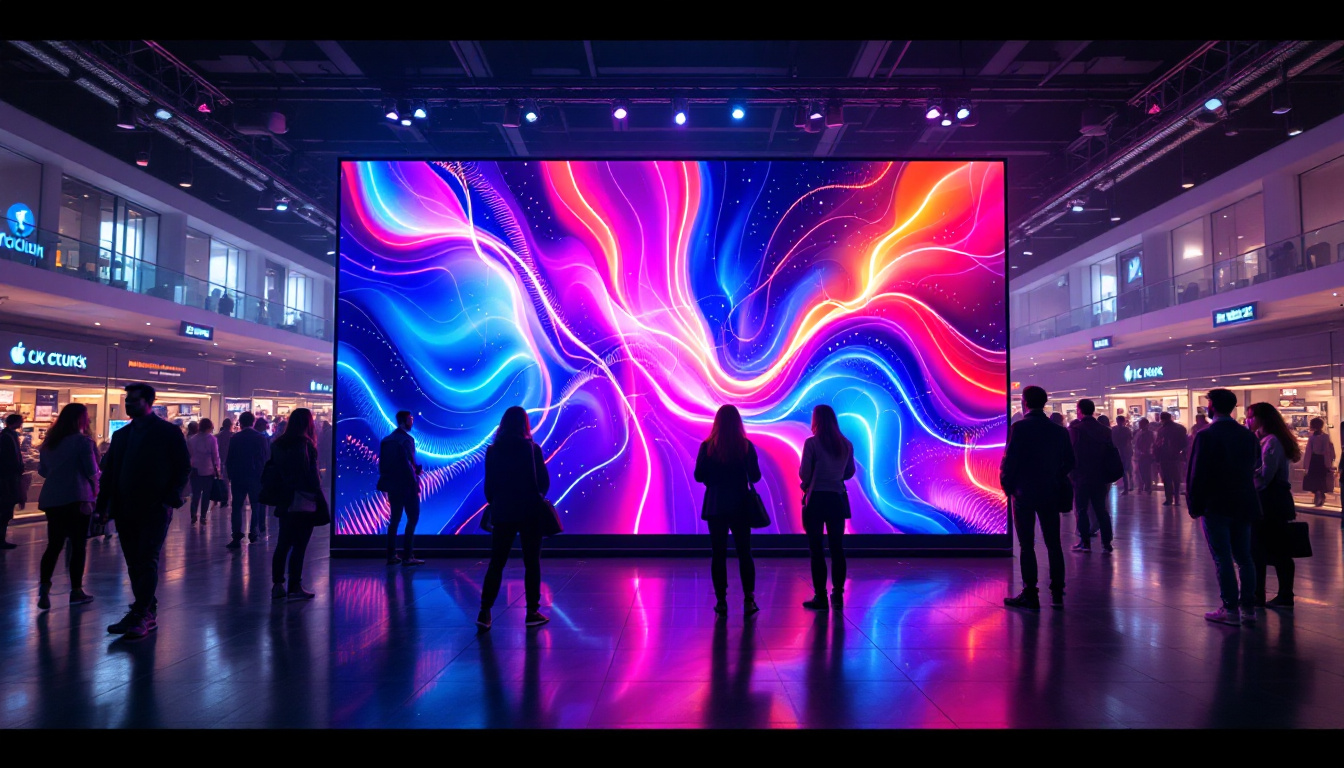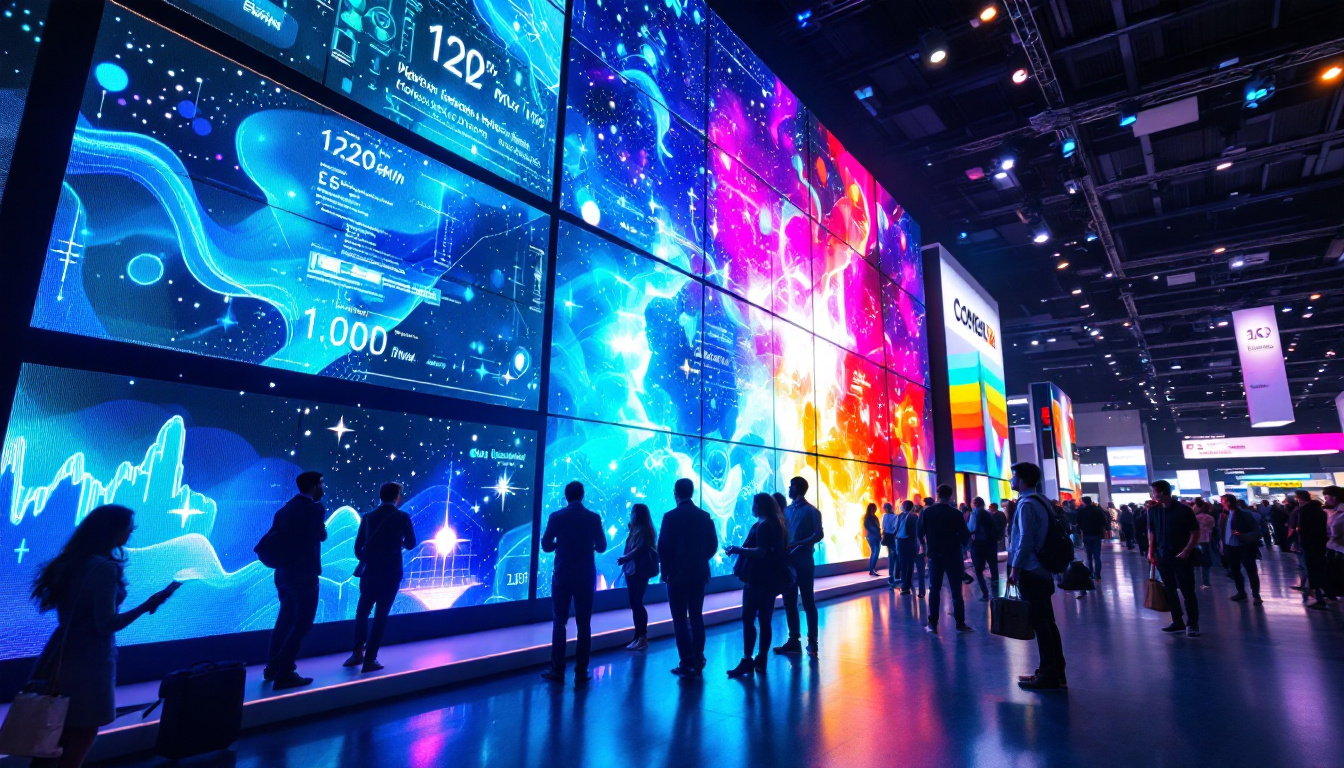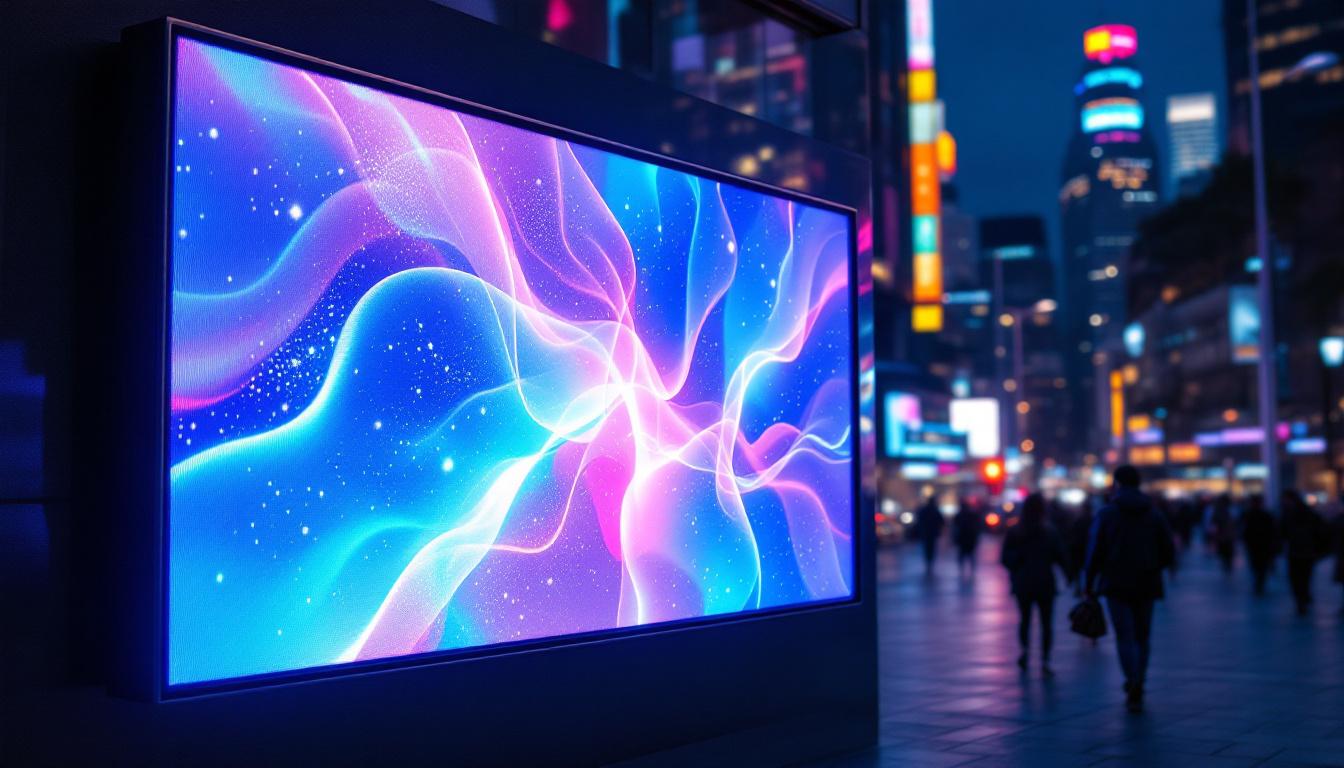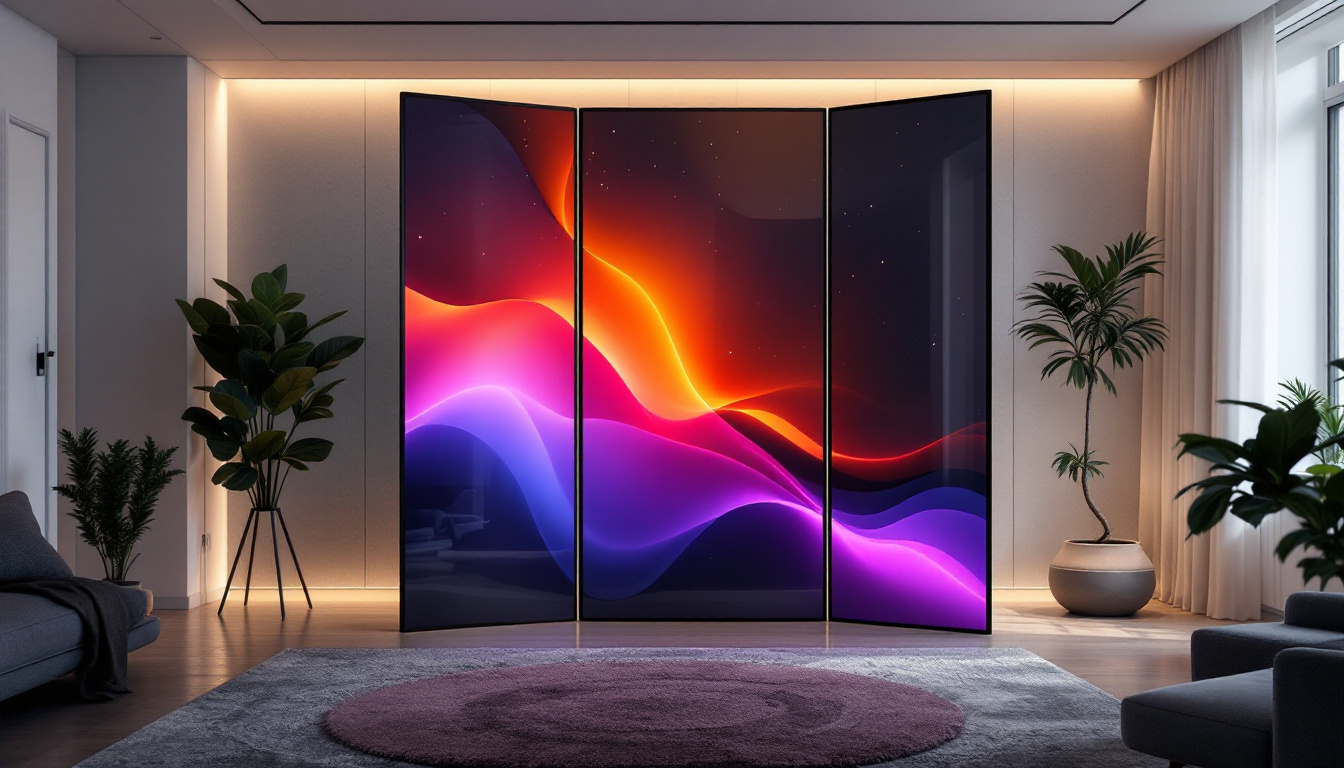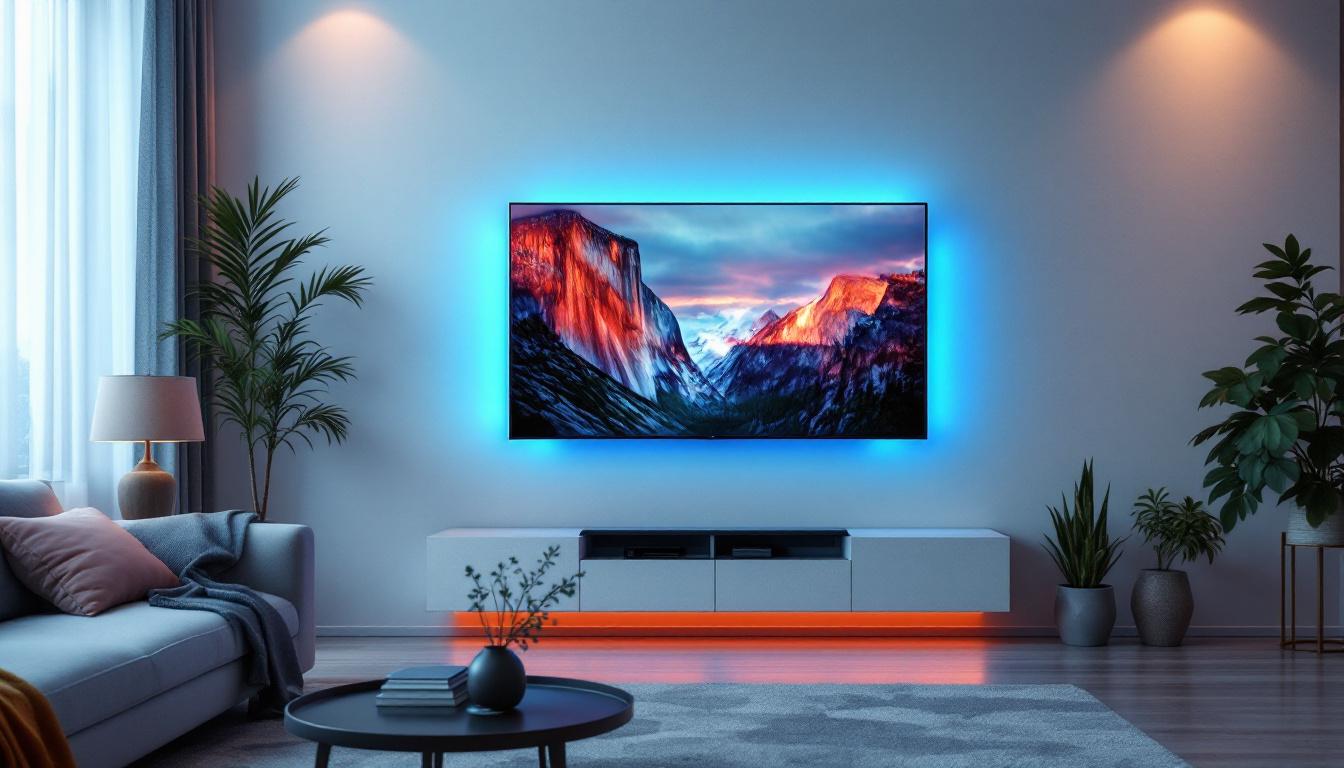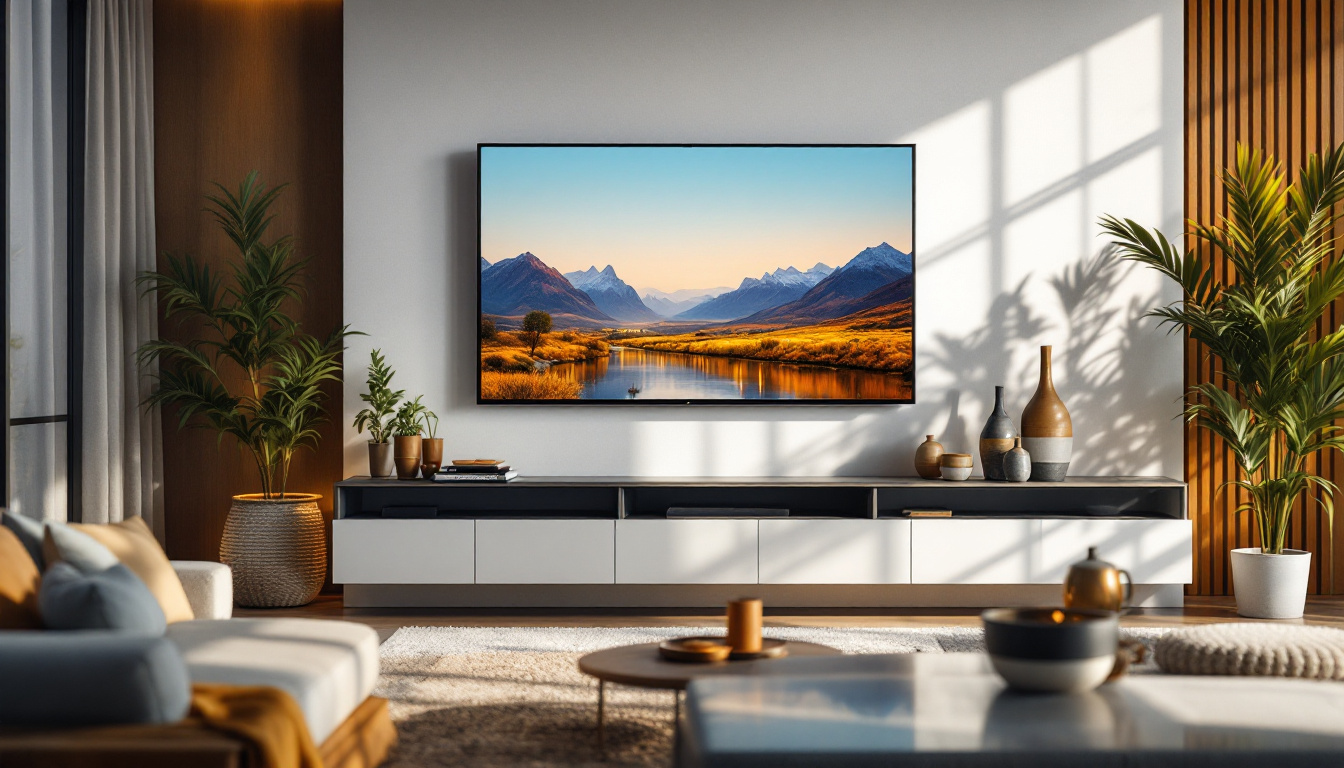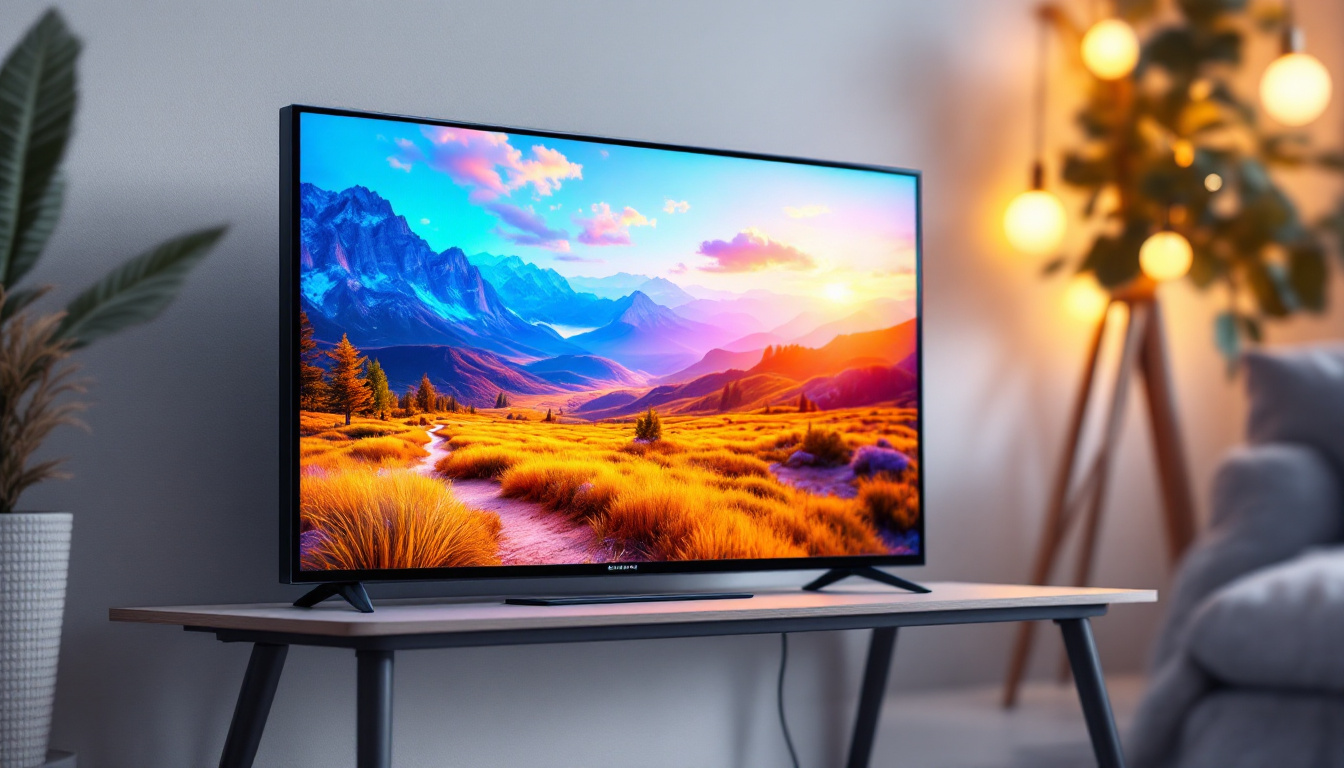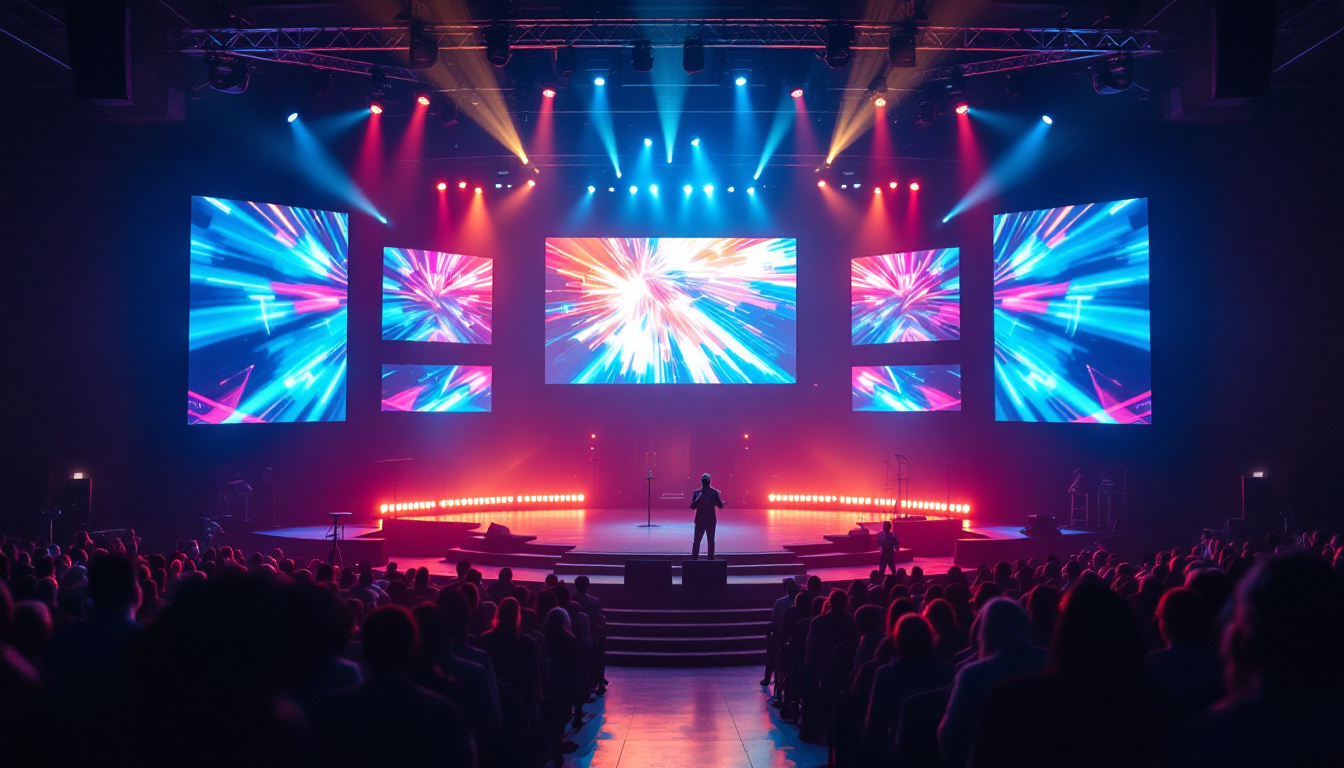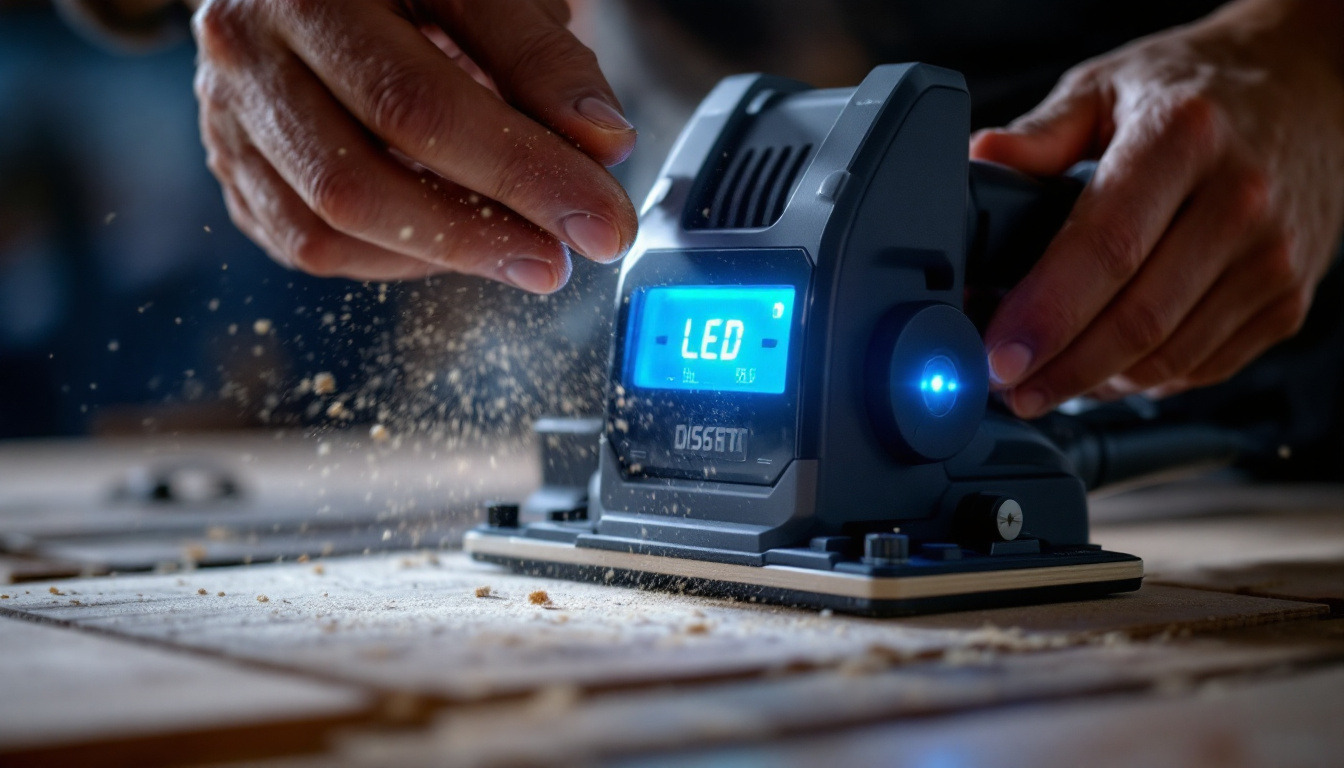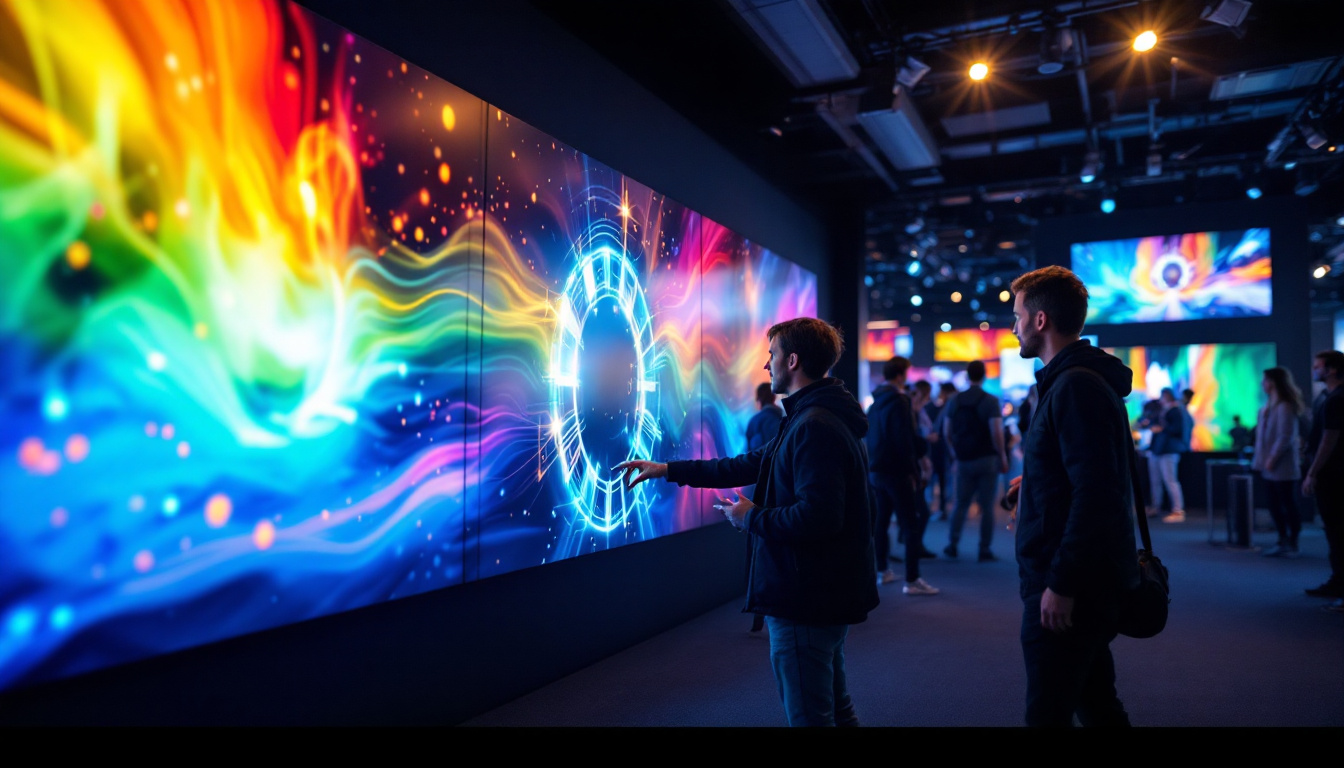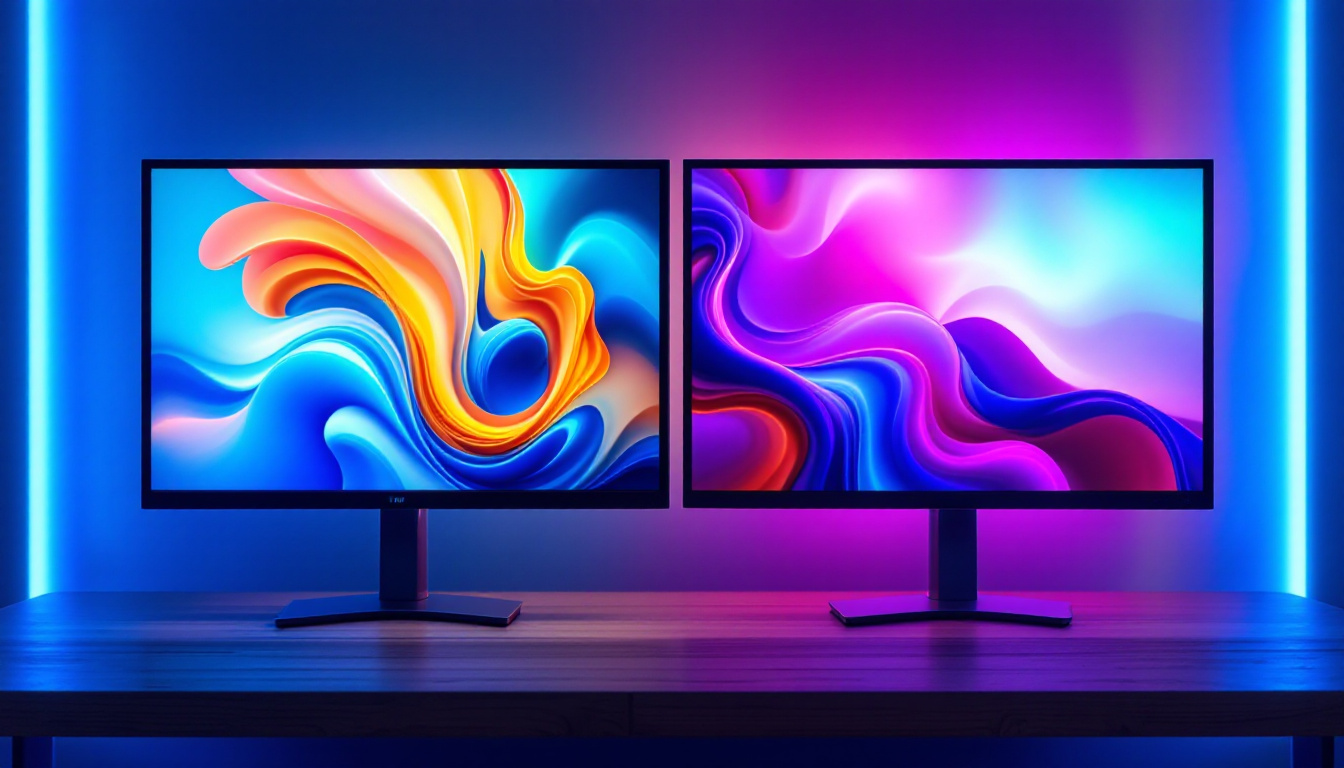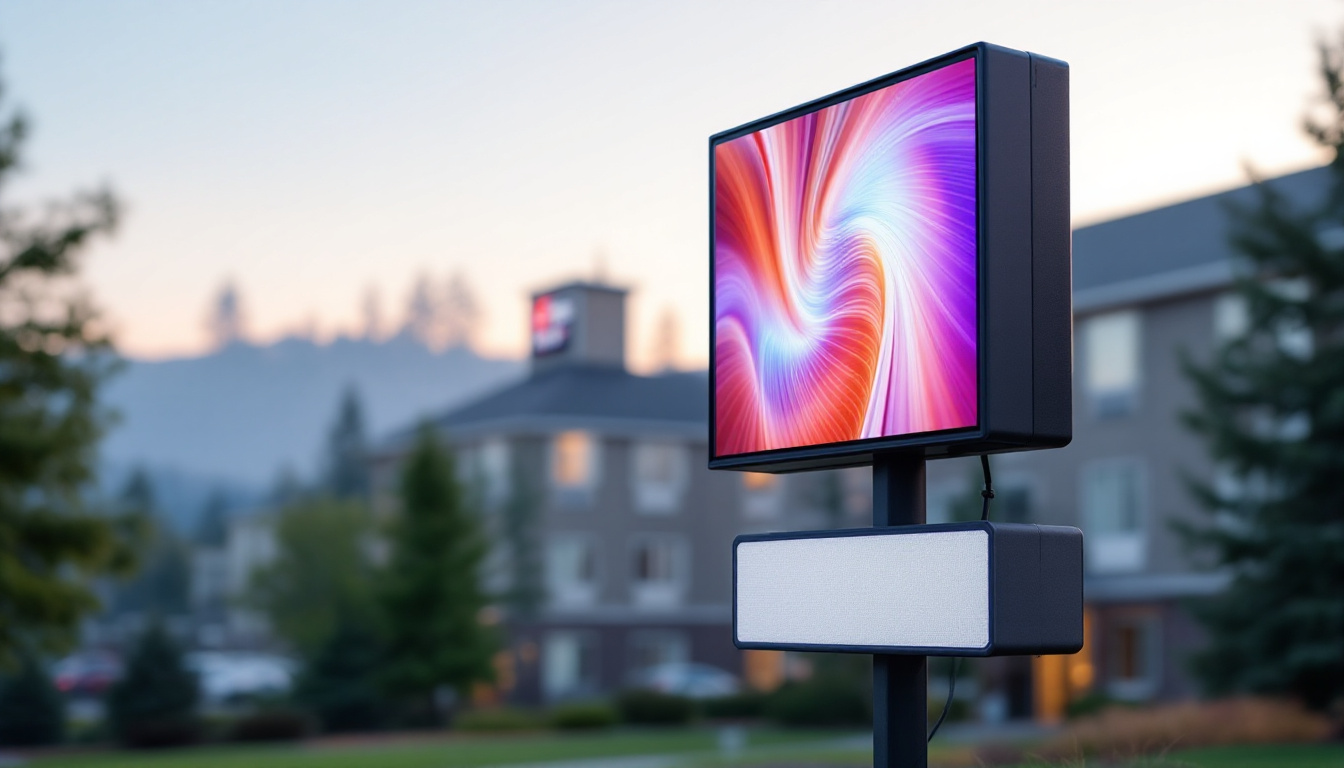In today’s world of home entertainment and digital signage, LED displays have become a cornerstone technology, offering vibrant visuals and sleek designs. One common application that combines both functionality and aesthetics is the TV wall mount wall setup featuring LED displays. Whether for a home theater, corporate environment, or public space, understanding how LED displays work in conjunction with wall mounts is essential for making informed decisions that enhance viewing experiences.
Understanding LED Display Technology
LED, or Light Emitting Diode, technology has revolutionized the way screens deliver images. Unlike traditional LCD or plasma screens, LED displays use tiny diodes that emit light when an electric current passes through them. This fundamental difference brings several advantages in terms of brightness, contrast, energy efficiency, and longevity. The vibrant colors and sharp images produced by LED displays have made them the preferred choice for everything from home entertainment systems to large-scale advertising billboards.
LED displays can be categorized primarily into two types: direct LED and edge-lit LED. Direct LED displays have diodes placed directly behind the screen, providing uniform brightness and better contrast ratios. Edge-lit LED displays position the diodes along the edges of the panel, allowing for thinner designs but sometimes at the cost of uniformity in lighting. Furthermore, advancements in technology have led to the development of Mini-LED and Micro-LED displays, which utilize even smaller diodes for enhanced performance, offering deeper blacks and improved color depth, thus pushing the boundaries of visual fidelity.
Why LED Displays Are Preferred for Wall Mounts
When mounting a TV or digital display on a wall, several factors come into play: weight, thickness, heat dissipation, and viewing angles. LED displays excel in these areas. They tend to be thinner and lighter than older technologies, making them easier and safer to mount on walls. Their efficient heat management reduces the risk of overheating when placed in enclosed spaces or close to walls. This is particularly beneficial in modern homes where aesthetics are a priority; a sleek, wall-mounted LED display can seamlessly blend into the décor without the bulk of traditional screens.
Additionally, LED displays offer wider viewing angles and superior color accuracy, which means viewers can enjoy consistent image quality regardless of their position relative to the screen. This is particularly important in living rooms, conference rooms, or public areas where multiple viewers may be watching from different angles. The enhanced brightness levels of LED displays also ensure that images remain clear and vibrant even in well-lit environments, making them ideal for presentations and events. Moreover, with features like smart connectivity and built-in streaming capabilities, modern LED displays are not just screens; they are multifunctional devices that enhance the overall viewing experience, catering to the diverse needs of users in both personal and professional settings.
Choosing the Right Wall Mount for LED Displays
Selecting an appropriate wall mount is just as critical as choosing the display itself. The mount must support the weight and dimensions of the LED display securely while allowing for flexibility in positioning and cable management.
Types of Wall Mounts
There are several types of wall mounts available, each suited to different needs:
- Fixed Mounts: These keep the TV flush against the wall, offering a clean, minimalist look. They are ideal for rooms where the viewing angle is fixed.
- Tilting Mounts: These allow the screen to tilt vertically, reducing glare and optimizing the viewing angle, especially when the TV is mounted higher on the wall.
- Full-Motion Mounts: Also known as articulating mounts, these provide the greatest flexibility, allowing the screen to extend, swivel, and tilt in multiple directions.
For LED displays, especially larger ones, full-motion mounts are often preferred in commercial or multi-use environments, while fixed or tilting mounts are common in residential setups. Additionally, many full-motion mounts come equipped with cable management systems that help keep wires organized and out of sight, enhancing the overall aesthetic of the installation.
Weight and VESA Compatibility
Wall mounts are rated for specific weight limits and VESA (Video Electronics Standards Association) mounting patterns. It is vital to check the LED display’s weight and VESA specifications before purchasing a mount. Using a mount that is not rated for the display’s weight can lead to safety hazards and damage to the display or wall.
VESA patterns refer to the standardized hole spacing on the back of the TV or display. Common patterns include 200×200 mm, 400×400 mm, and larger for bigger screens. Ensuring that the wall mount matches the VESA pattern of the LED display guarantees a secure fit. Moreover, many manufacturers provide detailed specifications and installation guides, which can be invaluable resources for ensuring compatibility and a safe setup.
In addition to weight and VESA compatibility, consider the wall type where the mount will be installed. Different wall materials, such as drywall, concrete, or brick, may require specific anchors or mounting techniques to ensure a secure installation. For instance, mounting on drywall may necessitate the use of toggle bolts or anchors, whereas concrete walls may require masonry screws. Understanding the wall structure can prevent potential issues and ensure that the mount remains stable over time.
Installation Best Practices for LED Display Wall Mounts
Proper installation is key to maximizing the benefits of an LED display wall mount setup. Incorrect mounting can result in poor viewing angles, unstable fixtures, and even damage to the wall or display.
Choosing the Right Wall
Not all walls are created equal. Drywall alone may not support the weight of a large LED display. Ideally, mounts should be anchored into wall studs or solid masonry. Using a stud finder to locate these supports ensures the mount is securely fastened.
For commercial installations, consulting with a structural engineer or professional installer can be beneficial, especially when mounting large or multiple displays.
Cable Management and Power Supply
One often overlooked aspect of wall-mounted LED displays is cable management. Visible cables can detract from the sleek appearance and pose safety risks. Using in-wall cable management systems or raceways keeps cables hidden and organized.
Additionally, planning the power supply location is essential. Some LED displays have specific power requirements, and ensuring proximity to power outlets or integrating power extensions can prevent unsightly cords and reduce the risk of electrical hazards.
Heat Dissipation Considerations
While LED displays generate less heat than older technologies, they still require adequate ventilation. Mounting the display too close to the wall or enclosing it in a tight cabinet can restrict airflow, leading to overheating and reduced lifespan.
Leaving a small gap between the wall and the display, or using mounts designed with ventilation in mind, helps maintain optimal operating temperatures.
Applications of LED Displays on Wall Mounts
LED displays mounted on walls are versatile and find applications across various sectors. Understanding these use cases can help determine the best type of display and mounting solution to meet specific needs.
Residential Home Theaters
In homes, LED displays mounted on walls create immersive entertainment centers. Their slim profiles and high-definition visuals make them ideal for living rooms and dedicated media rooms. Many homeowners opt for tilting or full-motion mounts to adjust the screen for optimal viewing comfort.
Smart LED TVs with integrated streaming capabilities further enhance the user experience, allowing access to a wide range of content without additional devices.
Corporate and Educational Environments
In offices and classrooms, wall-mounted LED displays serve as presentation tools and digital whiteboards. Their bright, clear images improve visibility even in well-lit rooms. Interactive LED displays, often mounted on walls, facilitate collaboration and engagement.
Mounting these displays securely and at appropriate heights ensures accessibility and ergonomic comfort for users.
Retail and Public Spaces
Retail stores, airports, and other public venues use large LED video walls mounted on walls for advertising, information dissemination, and entertainment. These displays often consist of multiple LED panels tiled together to create expansive, high-resolution screens.
Durability and ease of maintenance are critical in these environments, influencing the choice of LED panels and mounting hardware.
Future Trends in LED Display Wall Mount Technology
The rapid evolution of display and mounting technologies continues to shape how LED displays are integrated into spaces.
Ultra-Thin and Flexible Displays
Emerging LED technologies are producing ultra-thin and even flexible displays that can conform to curved surfaces. These innovations open new possibilities for wall mounting, enabling creative installations that blend seamlessly with architectural elements.
Smart Mounts with Automation
Smart wall mounts equipped with motorized adjustments and remote control capabilities are becoming more common. These mounts allow users to change the display’s position effortlessly, adapting to different viewing scenarios or room configurations.
Integration with Smart Home and IoT
Integration of LED displays with smart home systems and the Internet of Things (IoT) is enhancing user convenience. Voice control, automated brightness adjustments based on ambient light, and synchronized content across multiple displays are examples of this trend.
Conclusion
LED displays mounted on walls represent a fusion of advanced technology and practical design, delivering superior visual experiences across a variety of settings. Understanding the nuances of LED technology, selecting the right wall mount, and following best installation practices are essential steps to maximize the benefits of this setup.
As LED display technology continues to advance, the possibilities for innovative and impactful wall-mounted displays will only expand, making it an exciting area for both consumers and professionals to explore.
Discover the Future of Visual Experience with LumenMatrix
Ready to elevate your space with the latest in LED display technology? LumenMatrix is at the forefront of innovation, offering a wide array of LED display solutions tailored to your needs. From captivating Indoor LED Wall Displays to dynamic Outdoor LED Wall Displays, and from versatile Vehicle LED Displays to sleek LED Poster Displays, we have the cutting-edge technology to transform your visual communication. Experience the difference with our LED Sports Displays, immersive Floor LED Displays, and customizable options that fit your unique vision. Embrace the clarity and impact of LumenMatrix’s All-in-One and Transparent LED Displays. Don’t just take our word for it; check out LumenMatrix LED Display Solutions today and see how we can help you create unforgettable visual experiences.







